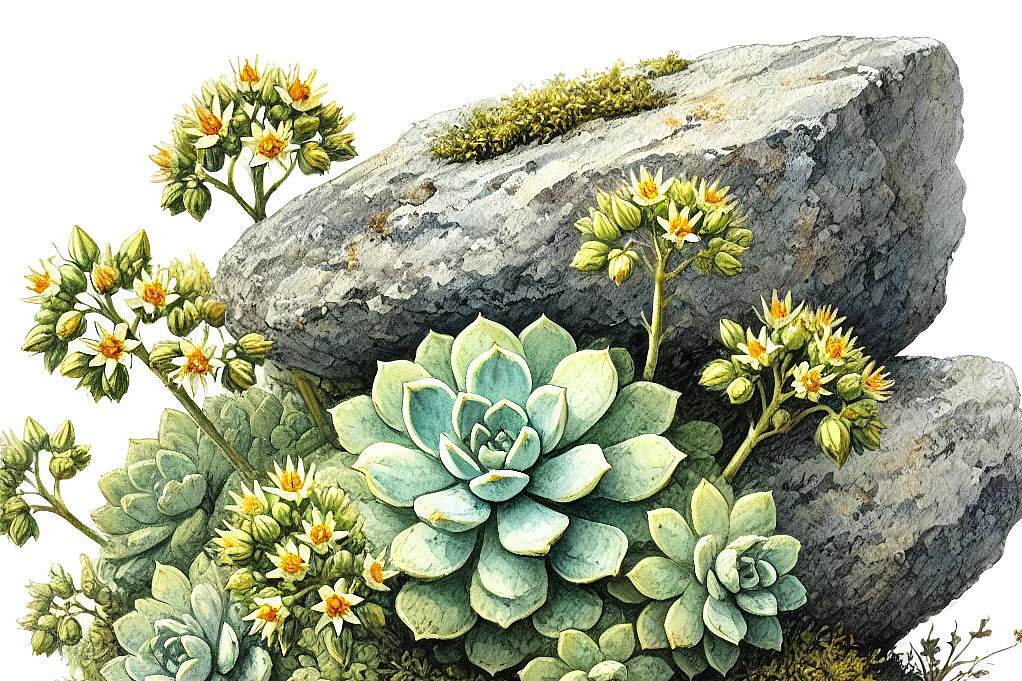Golden strawberry

The golden strawberry, also known as physalis, is a plant that not only pleases the eye with its bright yellow fruit, but also promises a range of health benefits. But what about this attractive berry when it comes to our four-legged friends? In this article, we take a closer look at the golden strawberry: what exactly it is, what benefits it offers and what potential risks it poses. A comprehensive look to help every dog owner make an informed decision about whether this plant is a blessing or a hidden risk for their faithful companion.
What is golden strawberry?
The golden strawberry, or physalis, belongs to the nightshade family and includes various species, some of which are edible, such as Physalis peruviana (cape gooseberry) and Physalis philadelphica (tomatillo). The plant is characterized by its small, round fruits, which are surrounded by a papery calyx. They are not only popular for their sweet and sour taste, but also for their high nutritional value, including vitamins, antioxidants and minerals.
Benefits of golden strawberries for dogs
Rich in nutrients
In moderate amounts, edible varieties of golden strawberry can be a source of vitamin C, A, iron and other essential nutrients for dogs, contributing to a healthy diet.
Antioxidant properties
The antioxidants found in golden strawberries can help protect cells from the damaging effects of free radicals, which in turn can support a dog's overall health and well-being.
Disadvantages and precautions
Potential toxicity
Although the fruit of the golden strawberry may be safe for dogs in small amounts, other parts of the plant, including leaves and stems, contain substances that may be toxic to dogs. Symptoms of poisoning can include vomiting, diarrhea and, in severe cases, even respiratory distress.
Allergic reactions
As with any new food introduction, there is a risk of allergic reactions when introducing golden strawberries into a dog's diet. It is important to look out for signs of intolerance such as skin rash or digestive upset when feeding for the first time.
Risk of overfeeding
The fruits of the golden strawberry should only be fed in small quantities. Overfeeding can lead to gastrointestinal problems, as the acid and seeds of the fruit can irritate the digestive tract.
Golden strawberries can be a tasty and nutritious supplement for dogs, but caution is advised. The potential health benefits of this bright fruit should be weighed against the risks, particularly the toxicity of certain parts of the plant and the possibility of allergic reactions. A responsible introduction to the diet, accompanied by careful observation, is crucial to ensure that this berry brings more benefit than harm to your four-legged friend. As with any new food, less is more. A moderate addition to your dog's diet can make the golden strawberry a safe and welcome treat.
If you notice any signs of hypersensitivity or poisoning in your dog, you should see your vet immediately. We are not a substitute for a vet, but we try to be as accurate as possible. Every dog reacts differently and we recommend you get a second opinion or consult your vet if in doubt.
Stay healthy and take good care of your four-legged friend!😊
Similar to Golden strawberry
The trifoliate woodland stonecrop belongs to the rose family (Rosaceae) and is a perennial, ground-covering plant known for its robust and low-maintenance nature. With its glossy, green leaves that...
The small periwinkle(Vinca minor) is an evergreen perennial that belongs to the dogbane family(Apocynaceae). It is characterized by its ability to grow quickly and cover the ground with a dense...
Ajuga belongs to the Lamiaceae family and includes several species, the best known of which is creeping Ajuga (Ajuga reptans). This perennial plant is characterized by its ability to quickly form...
Sedum, often known as stonecrop, is a genus of succulents comprising over 600 species. These plants are popular because of their undemanding care, drought tolerance and diverse shapes and colors....



